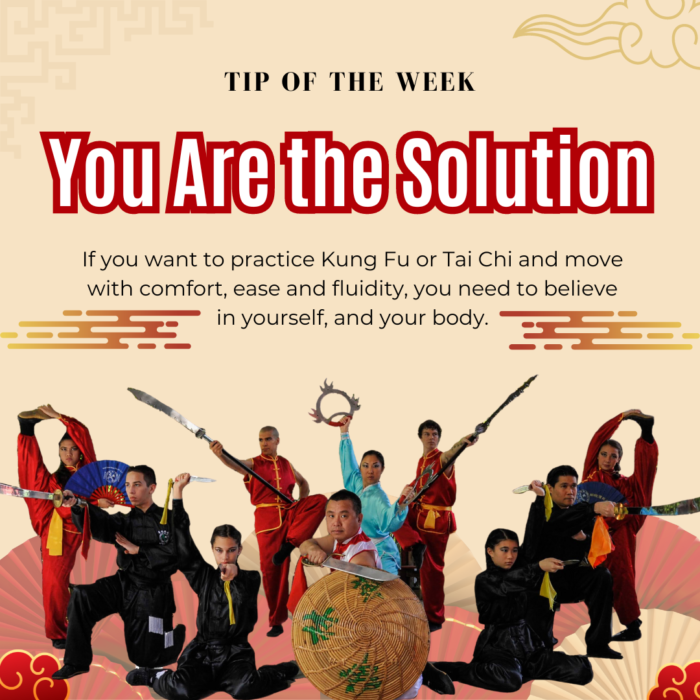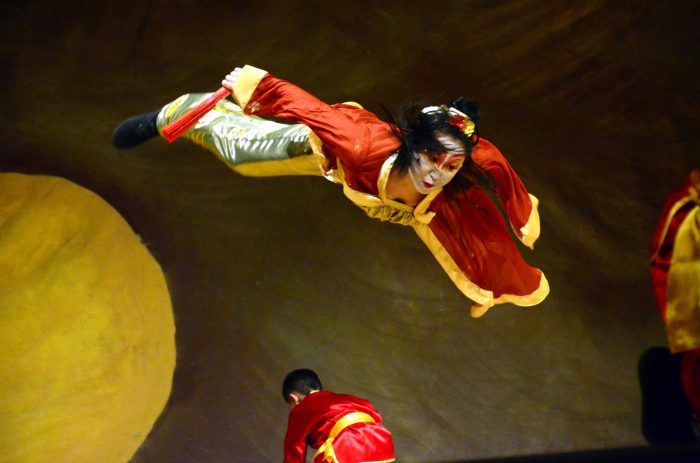Yin Yang Duality of Tension and Relaxation
You may already know that Yin and Yang are two opposite but complementary forces in Chinese philosophy. They are often represented by the symbol of a circle divided into two halves, one black and one white, with a dot of the opposite color in each half.
Tension and relaxation are also two opposite but complementary forces in physical performance. Tension is strength and power, while relaxation is speed, endurance, and flexibility.
Kung Fu and Tai Chi demand both tension and relaxation. For example, when punching, you need to tense your body at the moment of impact to deliver maximum power. But you also need to relax quickly afterward so that you can recover and throw the next punch.
Elite athletes know the importance of practicing both tension and relaxation. They need to be able to tense their muscles to generate power, but they also need to be able to relax quickly to maintain speed and endurance.
Soviet Professor Leonid Matveyev observed that elite athletes are able to relax their muscles much faster than novice athletes. (800% difference!)
This is because they have trained their bodies to switch between tension and relaxation quickly and efficiently.
Here is a simple example of an exercise that you can do to practice tension and relaxation:
- Stand with your feet shoulder-width apart and your arms at your sides.
- Tense all of the muscles in your body as tightly as you can.
- Hold the tension for a few seconds.
- Relax all of your muscles as quickly as possible.
- Repeat steps 2-4 several times.
As you get better at this exercise, you will be able to tense and relax your muscles more quickly and efficiently. This will help you to improve your performance in Kung Fu and Tai Chi.
Sifu Oscar
P.S. Whenever you’re ready, here are ways we can help you get started.
1. Schedule a time to observe a class.
Interested in Kung Fu or Tai Chi? First step is to watch a class and see if we would be a good fit! Email: kungfu@wahlum.com for an appointment.
2. Become part of my exclusive Coaching Group with CYH Remote Coaching. Get personalized coaching delivered right to your phone and catered to your specific goals.
Email: kungfu@wahlum.com for info.




 O always tells people if they want to lose weight just follow around Grandmaster Chan for one day. That is definitely one way to burn calories. A day in the life of Grandmaster Chan consists of waking up before the sun and working in the sun, often until it goes down. Grandmaster Chan enjoys his time in the garden and tending to his fish. Whenever he goes on vacation, one lucky person is given the task of watching over his fish and plants. No one wants this job. All will be going well, and then right before he is due home, suddenly a plant or worse, fish dies! It is a nerve racking time for us back home and we have been known to try and resuscitate fish! No CPR or anything, but we were taught to push the fish through the water, as it moves the water through the gills. We have saved a few this way.
O always tells people if they want to lose weight just follow around Grandmaster Chan for one day. That is definitely one way to burn calories. A day in the life of Grandmaster Chan consists of waking up before the sun and working in the sun, often until it goes down. Grandmaster Chan enjoys his time in the garden and tending to his fish. Whenever he goes on vacation, one lucky person is given the task of watching over his fish and plants. No one wants this job. All will be going well, and then right before he is due home, suddenly a plant or worse, fish dies! It is a nerve racking time for us back home and we have been known to try and resuscitate fish! No CPR or anything, but we were taught to push the fish through the water, as it moves the water through the gills. We have saved a few this way.

 I try to follow this principle with every little thing. If I am on the computer too much, I set a timer to walk away and get off the screen. If I am eating too many delicious foods, I make sure that I am working it off at kung fu, walking extra on vacation, or making better choices the next day. If I am feeling guilty from eating delicious foods, I remind myself that it is ok, and reiterate to myself that I can enjoy it… and feel good about it. I am sure you will notice by now that I talk about food and eating a lot.
I try to follow this principle with every little thing. If I am on the computer too much, I set a timer to walk away and get off the screen. If I am eating too many delicious foods, I make sure that I am working it off at kung fu, walking extra on vacation, or making better choices the next day. If I am feeling guilty from eating delicious foods, I remind myself that it is ok, and reiterate to myself that I can enjoy it… and feel good about it. I am sure you will notice by now that I talk about food and eating a lot. 

 ground. Watching my mom do tai chi is inspiring because she really roots herself into the ground despite the moving ship. She is after all the tai chi master. (note: one of the great films of the 90’s:
ground. Watching my mom do tai chi is inspiring because she really roots herself into the ground despite the moving ship. She is after all the tai chi master. (note: one of the great films of the 90’s: